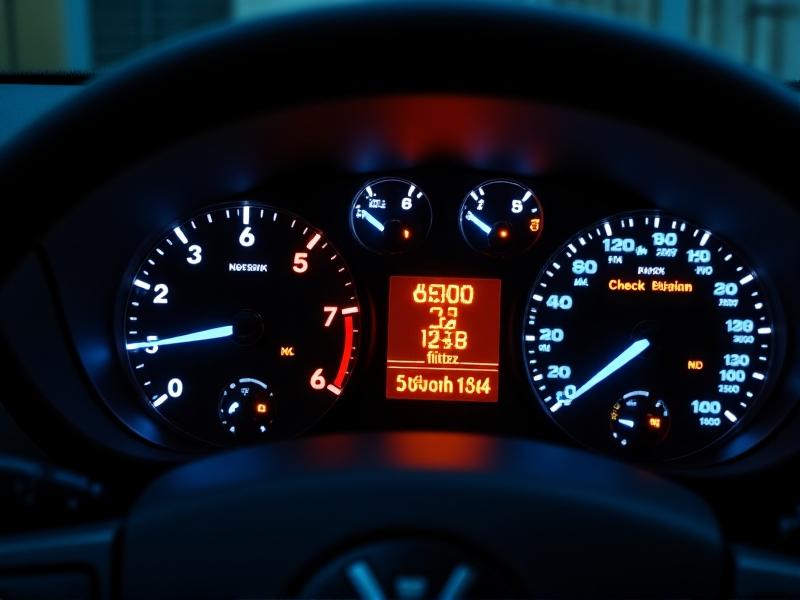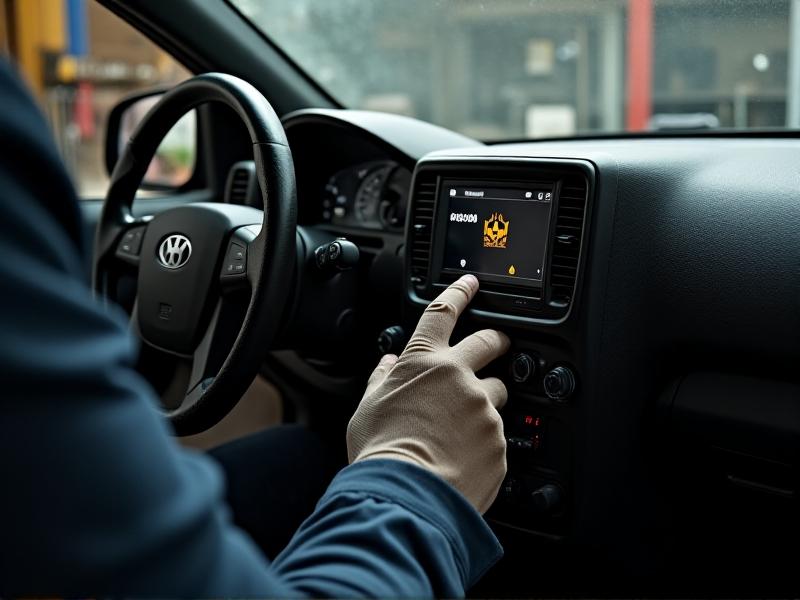```html
What Triggers the Check Engine Light?
When the check engine light (CEL) illuminates, it signals that your vehicle’s onboard diagnostics system has detected an irregularity. This could range from a minor sensor glitch to a critical engine malfunction. Modern cars rely on a network of sensors monitoring everything from exhaust emissions to fuel mixture. A loose gas cap, for instance, can trigger the light by causing a vapor leak, while a misfiring cylinder might indicate worn spark plugs or a failing ignition coil. Understanding the breadth of potential triggers is the first step in triaging the issue effectively.

Common culprits include oxygen sensor failures, catalytic converter issues, or mass airflow sensor discrepancies. Even weather changes can temporarily affect sensor readings. The key is not to panic but to methodically assess the situation. Start by checking for obvious problems like a loose fuel cap or visible engine leaks. If nothing stands out, deeper diagnostics are necessary.
Immediate Action vs. Wait-and-See: Gauging Severity
A steady CEL often suggests a non-critical issue, while a flashing light demands immediate attention. A flashing CEL typically indicates severe engine misfires, which can overheat the catalytic converter and cause costly damage. In such cases, pull over safely, turn off the engine, and call for assistance. For a steady light, note any changes in performance—rough idling, reduced power, or strange noises—and schedule a diagnostic check within a few days.

Context matters. If the light appears after refueling, retighten the gas cap and see if it resets in a few drives. However, if the light returns persistently, avoid delaying repairs. Ignoring even subtle warnings can escalate minor faults into major repairs, such as replacing oxygen sensors or catalytic converters.
Decoding Trouble Codes: Your OBD-II Scanner as a Diagnostic Tool
An OBD-II scanner is indispensable for decoding the CEL’s mystery. Plug it into the port under your dashboard (usually near the steering column), and it retrieves diagnostic trouble codes (DTCs) like P0171 (system too lean) or P0420 (catalyst efficiency below threshold). These codes pinpoint the affected system, whether it’s emissions, ignition, or fuel delivery.

Not all codes require a mechanic. For example, P0455 (large evaporative leak) often stems from a faulty gas cap. Researching codes online or using apps like Torque Pro can clarify their urgency. However, some codes, like P0299 (turbo underboost), may indicate complex issues needing professional evaluation. Document the codes and any accompanying symptoms to streamline repairs.
Symptoms to Watch For: When the Light Isn’t the Only Clue
The CEL rarely acts alone. Pay attention to ancillary symptoms: rough idling, stalling, or decreased fuel efficiency. A sulfurous smell suggests catalytic converter trouble, while engine knocking could signal incorrect ignition timing or low-octane fuel. Vibrations during acceleration might point to misfires or transmission issues.

Track when symptoms occur—cold starts, uphill drives, or while towing. This data helps mechanics replicate and diagnose the problem. For instance, hesitation during acceleration might relate to a clogged fuel injector, whereas stalling at stoplights could indicate a failing idle air control valve. Documenting these details saves time and reduces diagnostic costs.
The Risks of Ignoring the Light: Long-Term Consequences
Postponing CEL-related repairs risks compounding damage. A faulty oxygen sensor, if ignored, can reduce fuel efficiency by 20–40% and harm the catalytic converter. Similarly, unresolved misfires can melt catalytic converters, leading to replacements costing thousands. Even minor issues, like a stuck thermostat, can cause overheating and warp engine components.
Beyond mechanical harm, unresolved emissions issues can cause your car to fail state inspections, resulting in fines or registration blocks. Proactive diagnostics preserve your vehicle’s longevity and resale value. Treat the CEL as a collaborative tool rather than a nuisance—it’s engineered to protect your investment.
Creating a Response Plan: Steps to Take When the Light Stays On
Develop a systematic approach when the CEL persists. First, retrieve trouble codes and research their implications. Address simple fixes yourself, like replacing a gas cap or cleaning a mass airflow sensor. For complex codes, solicit quotes from trusted mechanics and prioritize repairs based on urgency.
Build a relationship with a reliable auto shop for recurring issues. Consider investing in a Bluetooth OBD-II adapter for real-time monitoring via smartphone apps. Regular maintenance—replacing spark plugs, air filters, and oxygen sensors at recommended intervals—can prevent many CEL triggers. Empower yourself with knowledge, and transform the ominous glow of the CEL into a manageable maintenance reminder.